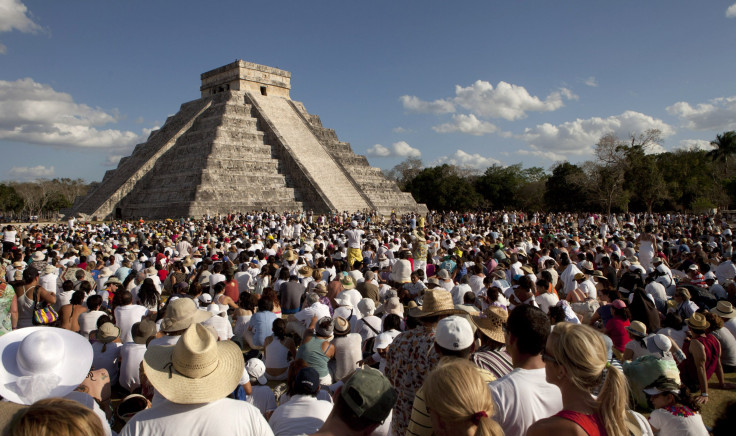Kukulkan Pyramid Built Like 'Russian Nesting Doll,' Experts Say After Third Structure Discovered

A third structure within the Kukulkan pyramid in eastern Mexico has been discovered, revealing that it was built like a "Russian nesting doll," experts said Wednesday. The discovery suggests that the pyramid was built in three phases.
A 33-feet tall pyramid was found within another 65-feet structure, which itself is enveloped by the 98-feet exterior visible at the Mayan archeological complex known as Chichen Itza in Yucatan state.
Researchers believe that the recently discovered smallest pyramid was constructed between the years 550-800 AD. The middle structure was discovered in the 1930s and is estimated to date back to the years 800-1000 AD, while the largest one was finished between 1050-1300 AD.
"It's like a Russian nesting doll. Under the large one we get another and another," researcher Rene Chavez Seguro reportedly said during a news conference.
Researchers said that the smallest pyramid was spotted using non-invasive scanning techniques that involve lighting the inside of the pyramid to see its interior without causing damage.
The discovery could shed light on the original Mayan culture before it was influenced by populations from central Mexico, Denisse Argote, an expert at the National Anthropology and History Institute, reportedly said.
“If we can research this structure in the future it could be important, because it could tell us about the first-period inhabitants” of the site, Argote added.
© Copyright IBTimes 2024. All rights reserved.




















